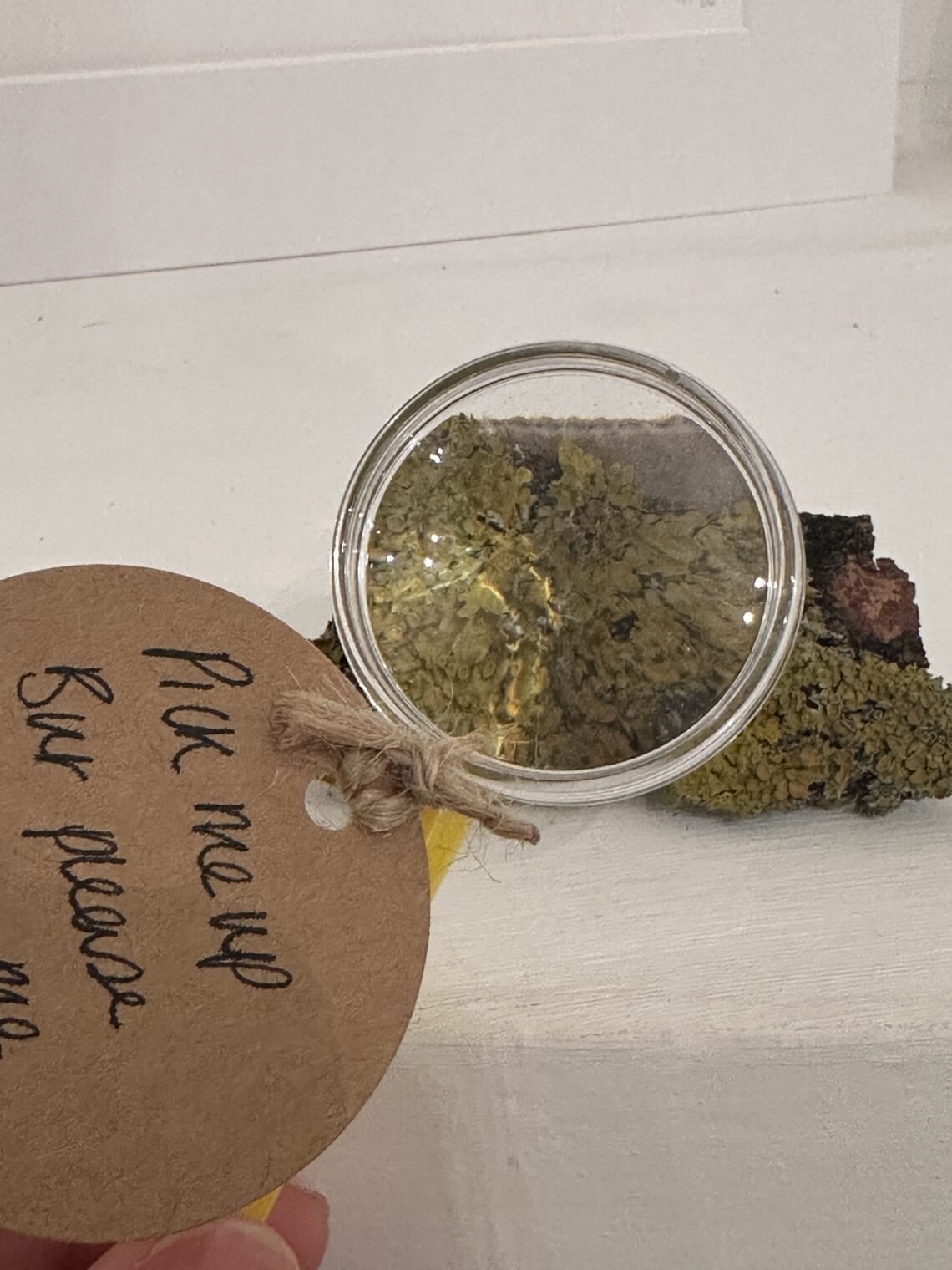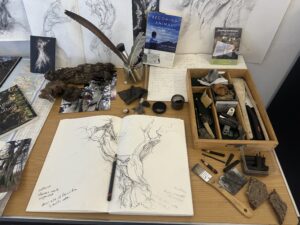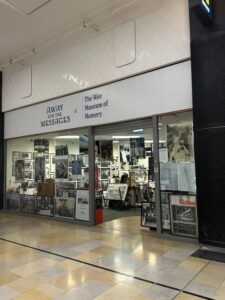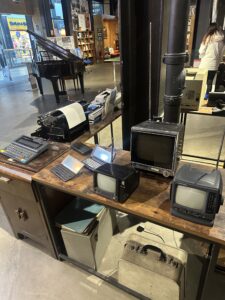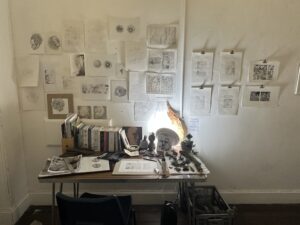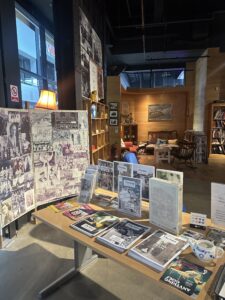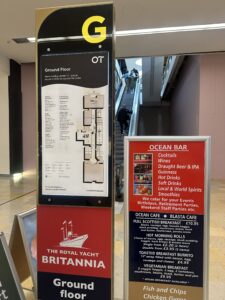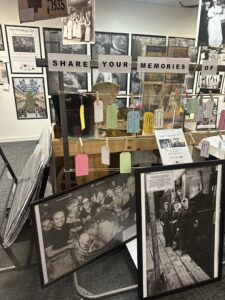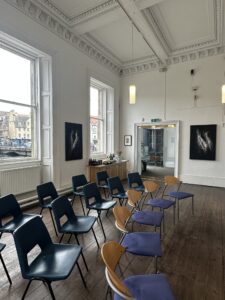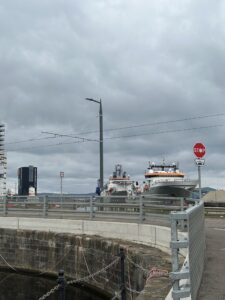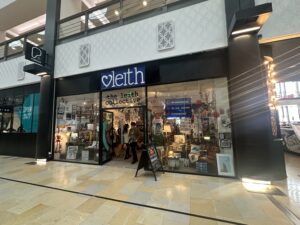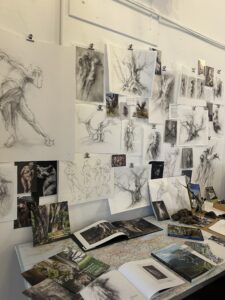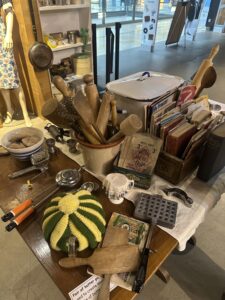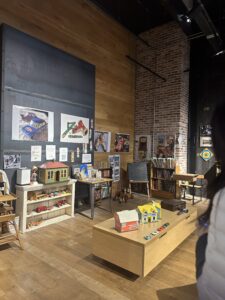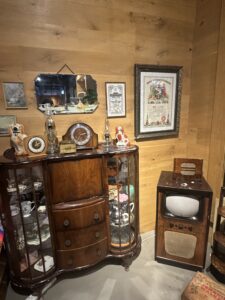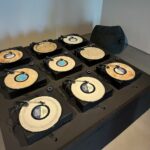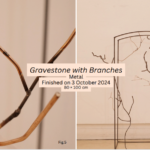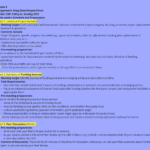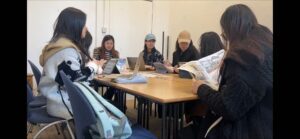
Exploring Curation Beyond Grand Narratives
This week, my perspective on curating has shifted. Through group discussions and site visits, I’ve realized that impactful exhibitions don’t always require grand narratives or monumental spaces. Instead, small yet well-crafted exhibitions can evoke deep emotional responses, offering unique perspectives that resonate with audiences.
(All the above photos are taken by the author Site Visits & Key Takeaways)
I visited Custom Lane, where the exhibition More Than Human used minimalistic yet evocative monochrome drawings to explore the intricate relationship between humans and nature. This approach made me rethink how subtlety can be a powerful tool in curation—sometimes, a restrained aesthetic can leave a stronger impression than an overwhelming visual spectacle.
Another stop was the Wee Museum of Memory, a small space packed with historical memorabilia. Despite its modest size, it effectively engaged visitors through personal narratives, emphasizing the emotional weight of collective memory. This experience led me to reflect on how intimacy and familiarity in curation can create strong audience connections.
At Ocean Terminal, I explored an art space within a shopping mall, proving that art doesn’t have to exist in traditional galleries alone. The accessibility of these installations made me consider how curatorial spaces influence audience perception and engagement.
Applying These Insights to My Exhibition
These visits inspired me to refine my exhibition, Eclipsing Presence. Rather than solely focusing on large-scale installations, I now see the value in incorporating smaller, intimate pieces that invite personal interpretation. I am particularly interested in:
- Site-specific installations: Using unexpected locations to enhance engagement.
- Tactile and immersive elements: Encouraging audiences to interact beyond the visual.
- Cultural storytelling through color: Applying symbolism in a subtle yet profound way.
Final Thoughts
This week reinforced that curation is not just about what we present, but how we frame the experience. As an emerging curator, I aim to balance artistic ambition with practical execution, ensuring that my exhibition remains both conceptually rich and accessible.
References
- Abram, David. 1996. The Spell of the Sensuous: Perception and Language in a More-Than-Human World. New York: Vintage Books.
- Bal, Mieke. 2001. Looking In: The Art of Viewing. London: Routledge.
- Bishop, Claire. 2005. Installation Art: A Critical History. London: Tate Publishing.
- Bourriaud, Nicolas. 2002. Relational Aesthetics. Dijon: Les Presses du Réel.
- Hall, Stuart. 1997. Representation: Cultural Representations and Signifying Practices. London: Sage Publications.
- Pastoureau, Michel. 2017. Yellow: The History of a Color. Princeton: Princeton University Press.
- Rancière, Jacques. 2009. The Emancipated Spectator. London: Verso.
- Sartre, Jean-Paul. 1943. Being and Nothingness: An Essay in Phenomenological Ontology. Translated by Hazel E. Barnes. New York: Methuen.
- The Fruitmarket Gallery. 2024. More Than Human. Edinburgh: Custom House.
- The Wee Museum of Memory. 2024. Memory and Community Archives. Leith: Living Memory Association.
